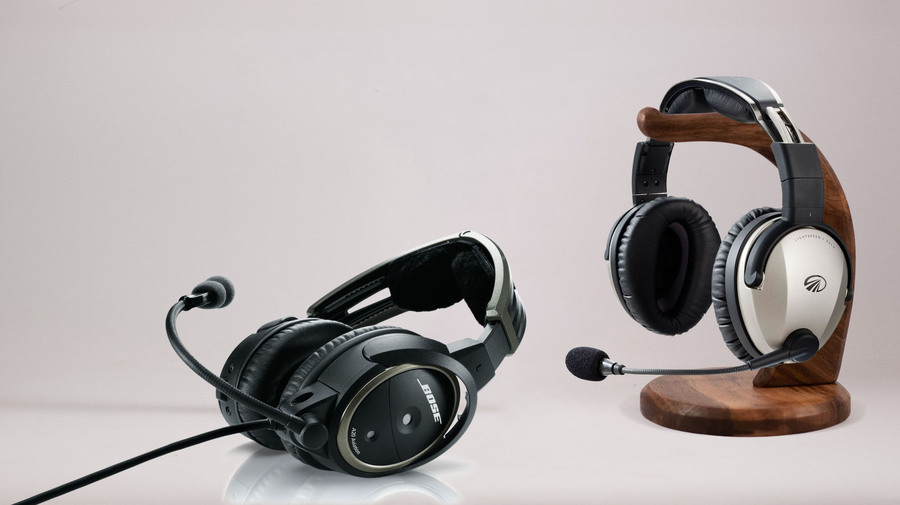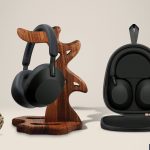Everybody says it is either Lightspeed Zulu 3 or Bose A20s! But, what are these things, especially mentioned by pilots, and what is the battle in between these two?
In this article, you will find a comparison between two amazing headsets which in fact are aviation headsets! Since it is clear why the pilots mention them a lot, let me tell you a little bit more about aviation headsets!
Aviation headsets are basically headsets, headphones, or earmuffs, that are worn by pilots or any other person on the board, in order to reduce the ambient noise levels in an aircraft. They are also made or designed to increase communication between people in an aircraft! Besides communication, they can also be used to listen to music, or to protect people’s ears from the loud noises that may surround them, during a flight!
Since Lightspeed Zulu 3 and Bose A20 are more mentioned and are the first choices when looking for an aviation headset, let’s see what features do they include!
Design and Comfort
Even though the size and weight sometimes are not important, when we talk about aviation headsets it really has importance!
Lightspeed Zulu 3 measures 13 x 11 x 5 inches and has a weight of 3 pounds, while Bose A20 is smaller, measuring 10.85 x 7.15 x 6.15 inches. Bose A20 is also lighter in weight by weighing only 12 ounces.
The things mentioned above (size and weight) also get linked with the comfortability of the headsets. Both Lightspeed Zulu 3 and Bose A20 are quite comfortable headsets that can be worn for long periods of time. The earcups of both headsets are very fluffy and do not irritate your ears, the headbands, on the other hand, are fully adjustable for a better fit, and on their inner part, you will notice a squishy cushiony material so that it doesn’t squeeze your head!
However, design-wise there is a very big difference and is included in the Bose Headset. The headset is TSO certified! TSO as a definition means Technical Standard Orders that are related to the product’s built quality. It means that Bose A20 includes materials and parts that are used on civil aircraft.
In general, both headphones are very robust, they have a very well-built body and they are very comfortable in many ways!
Audio Quality, Microphone, and Features
Since Lightspeed Zulu 3 and Bose A20 are aviation headsets, the audio quality that we need is the quality that these headsets bring to us when we use them for communication with ATC which is a shortcut for Air Traffic Control which is in charge to separate aircraft in order to prevent collisions. In both headsets, you will notice a clear sound so that you can get better information without any interruption. Lightspeed Zulu 3 works with a frequency range from 20 Hz to 20 kHz, while Bose A20 works with a range of frequencies from 15 Hz up to 15 kHz.
The microphones on the other hand are both made of super durable materials and they are attached to the earcups. However, there is a specialty in the Bose A20’s microphone! It is an electret microphone that is used to convert sound into an electric signal, plus the microphone that Bose uses can be put on whichever earcup or side you want! All in all, the microphones of both headsets pick up your voice clearly for better communication.
An important feature that aviation headsets should include is the ANR, which means Active Noise Reduction and it fully cancels other sounds that may bother you, or are considered as noise! Lightspeed Zulu 3 includes an immersive ANR feature, while the Bose A20 is considered the best-in-class for this feature because Bose A20 works in the most perfect way possible!
Overall, the audio quality is great on both of them, the microphone is great when picking up the voice even though Bose’s microphone includes more features, and the Noise Reduction feature in both of them is amazing!
Connectivity, Compatibility, and Batteries
Lightspeed Zulu 3 and Bose A20 headsets come in as wired models and they both include GA Plugs, but in Zulu 3 it comes as only one plug, while in Bose A20 they come as dual plugs. However, there is also a Bluetooth connection included. In case you want to connect them with any other device besides using them for ATC, you can use the Bluetooth connection on both headsets, to listen to music! Just pair them easily with the device that you are wishing to use!
Both headsets are powered by two AA batteries that work with a very high capacity. As per the battery life, it differs a little bit! The Lightspeed Zulu 3 headset works for 40 hours and the Bose A20 work for more than 45 hours!
All in all, with all the things mentioned, you can see that the connectivity and compatibility of these headsets work greatly! As wired they work perfectly and the Bluetooth connection is quite strong and sturdy!
Verdict
As you can see and notice, both of the headsets mentioned in this article are pretty much similar, even though they do include some specialties on their own! Considering the design of the headsets they are both very well built and are very comfortable which is very important! Besides the comfortability, they have great audio quality and the amazing ANR feature!
There are differences as well! The microphone of Bose A20 allows adjustments by fully moving it to the other side and the one in Lightspeed Zulu 3 is flexible but doesn’t allow very many adjustments! Plus, there is also another thing that distinguishes them, and it is the price tag! Even though they come with their similarities and differences as well, they do come with very different price tags! But still, keep in mind that everything is based on your preferences and you choose whichever one you want!
Further Reading
As you might already know, the audio world consists of many devices and not only headphones. Subwoofers are also an important part of the audio equipment, so check if you can use a subwoofer in an apartment. Or, read something more about the difference between a passive and an active subwoofer.
Since in this article I have talked mostly about headphones, find out if you can wear headphones over a beanie.
Mix & Mastering
I love to get my hands on all sorts of audio equipment, from headphones and speakers to audio interfaces. I love putting these products through their paces and seeing what they can do.










